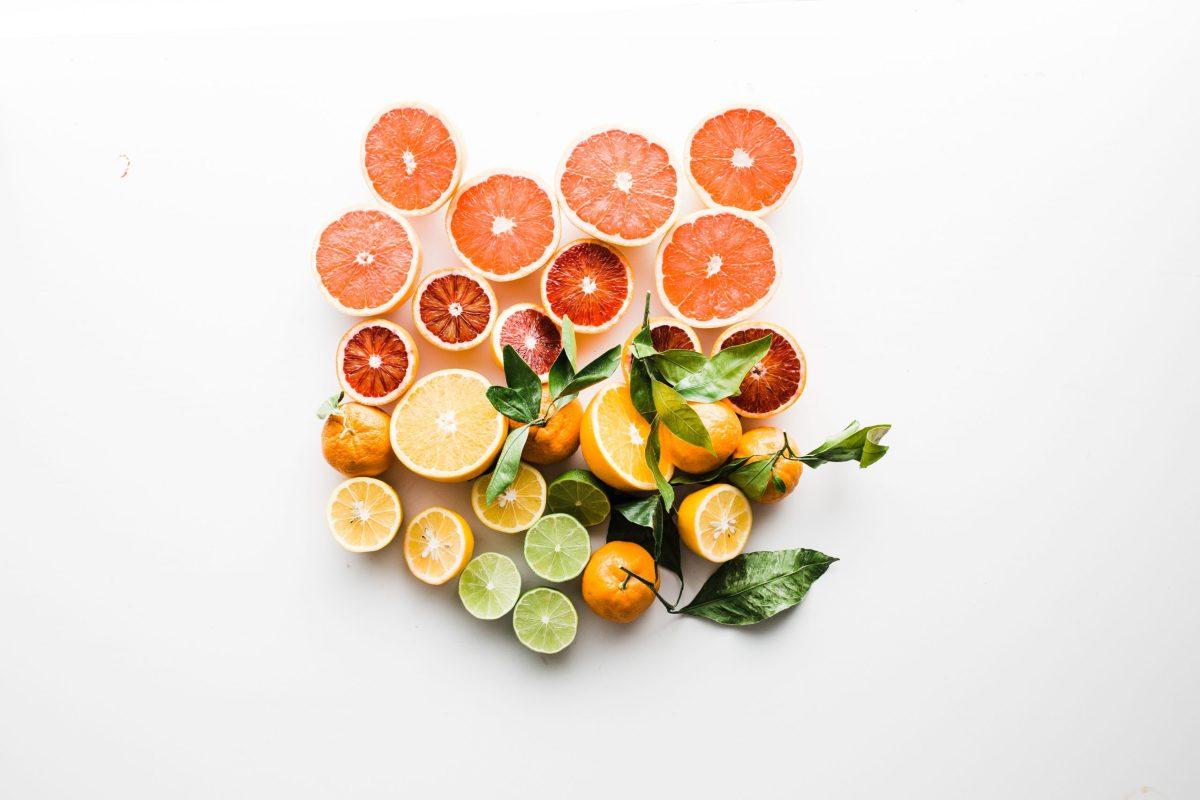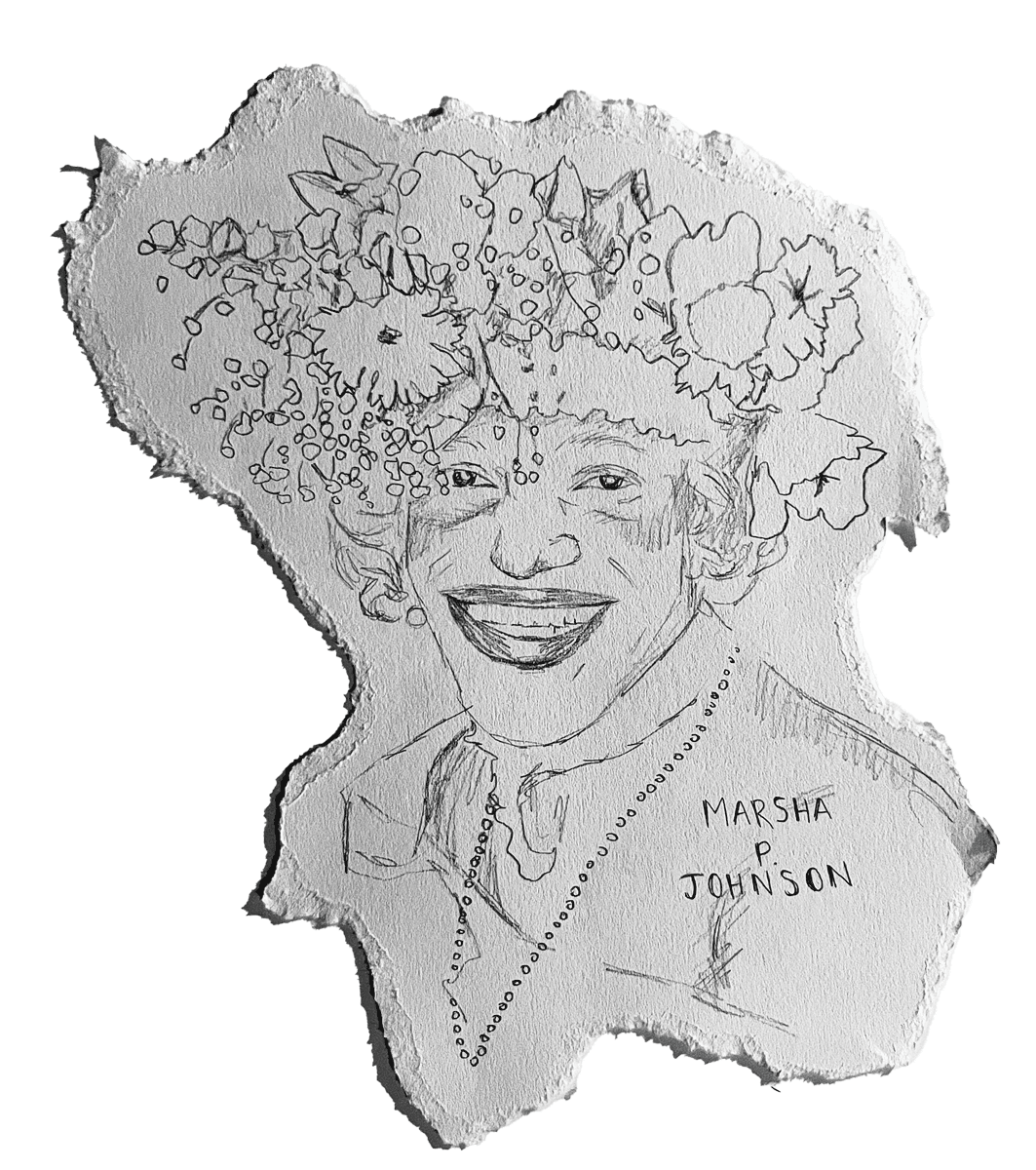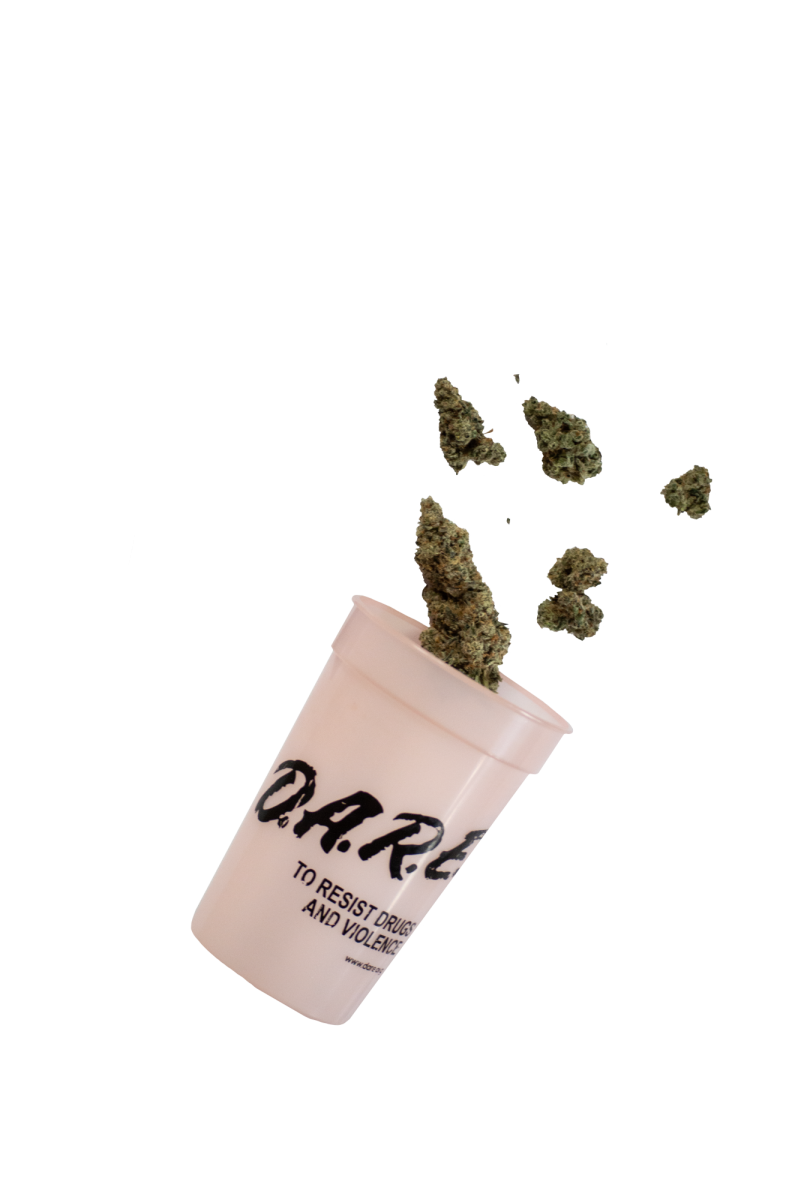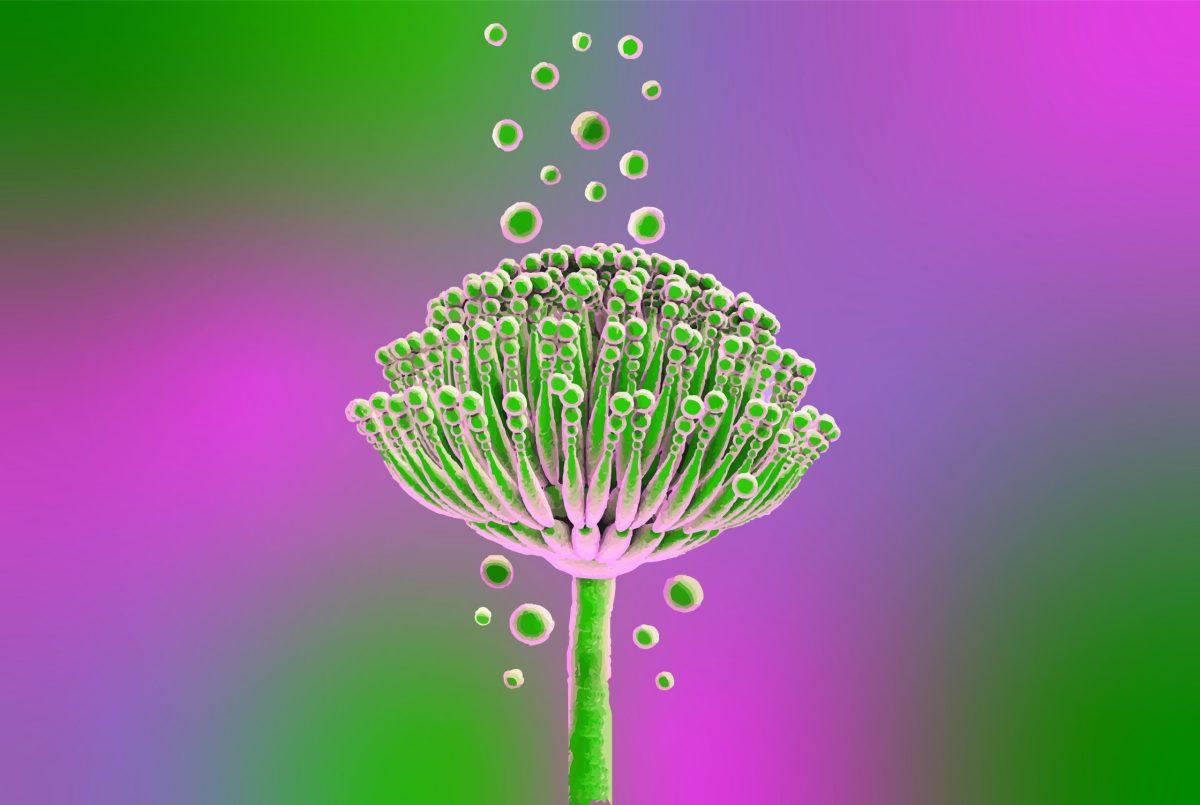Visitors to the “terpene experience booth” at the Cultivation Classic cannabis competition in Portland on May 12 could experience smells—and some tastes too—in an interactive display of snacks and bouquets. The booth belonged to Green Leaf Lab, an analytical cannabis testing lab that offers terpene testing services. The idea was to demonstrate where terpenes are commonly found. In fact, Amanda Day, aka @terpodactyl_, social media coordinator and former budtender for TJ’s Provisions, says “terpenes exist in every living plant.” This includes the cannabis plant, and cannabis users have been hearing more about terpenes lately.
According to Green Leaf, terpenes are aromatic molecules found in plant resins. They account for the vast array of smells and flavors found in cannabis flowers and extracts. You know that citrus smell, or the cheesy one, or the piney or diesel aroma of your favorite strain? It’s all terpenes, and it turns out they affect more than just smell and taste. Though information about terpenes has been around for as long as aromatherapy, cannabis users are beginning to learn more about the effects of terpenes on their experiences with specific strains.
So why would you want to know a strain’s terpene profile? Day says, “Whether you’re looking for a recreational experience—you want to giggle or have a good time or feel kind of loopy or have a ‘traditional high’—or if you go in looking for something to help with your anxiety or sleep, terpenes are a huge part of that. It absolutely is not reliant upon the THC, CBD, THCA, CBN or any other cannabinoid, for that matter.”
There’s a perception in the recreational market that higher cannabinoid content means a better high. This has led to customers shopping by THC percentage and preferring more potent strains. Testing for cannabinoid potency is required for all cannabis products, but terpene profile testing isn’t. Day says THC content is only one part of the experience of a high, and that other cannabinoids, along with the unique terpene profile of a strain, create something known as “the entourage effect.”
If you haven’t heard of it, the entourage effect is the theory that all of those components work together synergistically to produce the experience of a high. Though there isn’t a lot of research available on it, the theory has been bolstered by the studies of Dr. Ethan Russo, which suggest various ways terpenes interact with cannabinoids to create a whole experience greater than the sum of the parts.
“Many of us have tried a cannabis product that may have had 25 percent THC, but not had that same wonderful experience as with another product that maybe had an 18 or 19 percent THC,” says Anthony DiFalco, sales director for Green Leaf. This is due to the entourage effect, and the other components of the product, including terpenes, which can produce a more pleasant effect depending on the user.
With all the different combinations out there, how to know what’s optimal? “The nose knows,” Day says. She explained that TJ’s doesn’t advertise cannabinoid percentages up front and instead turns their jar labels backward so that when people come in, they’re shopping with their eyes and noses first and not by potency. “Smelling something and really thinking it’s pleasant might be a good way to start,” Day recommends.
There’s an incredible amount of information available about terpenes that we’re already well-acquainted with, like linalool. “The linalool that’s in lavender that calms you down is the same linalool in the cannabis strain that puts you to sleep. It’s important that people realize that connection is there and that information is already out there,” Day says.
So how can you go about finding it? Get curious and do your research. Though some dispensaries are now listing the most prevalent terpenes in the flower they sell and producers of extracts and edibles are starting to add them to labels, terpene content is far from being universally advertised. Unlike when your server walks you through the tasting notes in each bottle on a wine list, most budtenders aren’t trained to talk terpenes with customers.
To spread knowledge, Green Leaf makes profile cards for specific strains and makes them available to producers. The producers can then share them with dispensaries or directly with consumers. Day recommends checking Leafly.com or following labs on social media to get informed about strain profiles. In theory, dominant terpenes should be consistent across a strain no matter who grows it.
DiFalco says many farmers and smart consumers understand the value of knowing a terpene profile, but when it comes to dispensaries, the challenge is “bridging the gap.” His goal is to get them to talk about terpenes more, and he says consumers play a big role in this. He’s trying to educate consumers to ask more questions at the dispensary. Stay curious, and you just might learn something.
To learn about specific terpenes, check out River Valley Remedies “Terpene Series” on the last Sunday of each month. These educational talks are free to attend and are presented by Maria Worsley of Medicine Farm Botanicals, who’s very knowledgeable about existing research on terpenes and their effects on the human body. She focuses on a different terpene each month—beta-myrcene in April, alpha-pinene in May.







